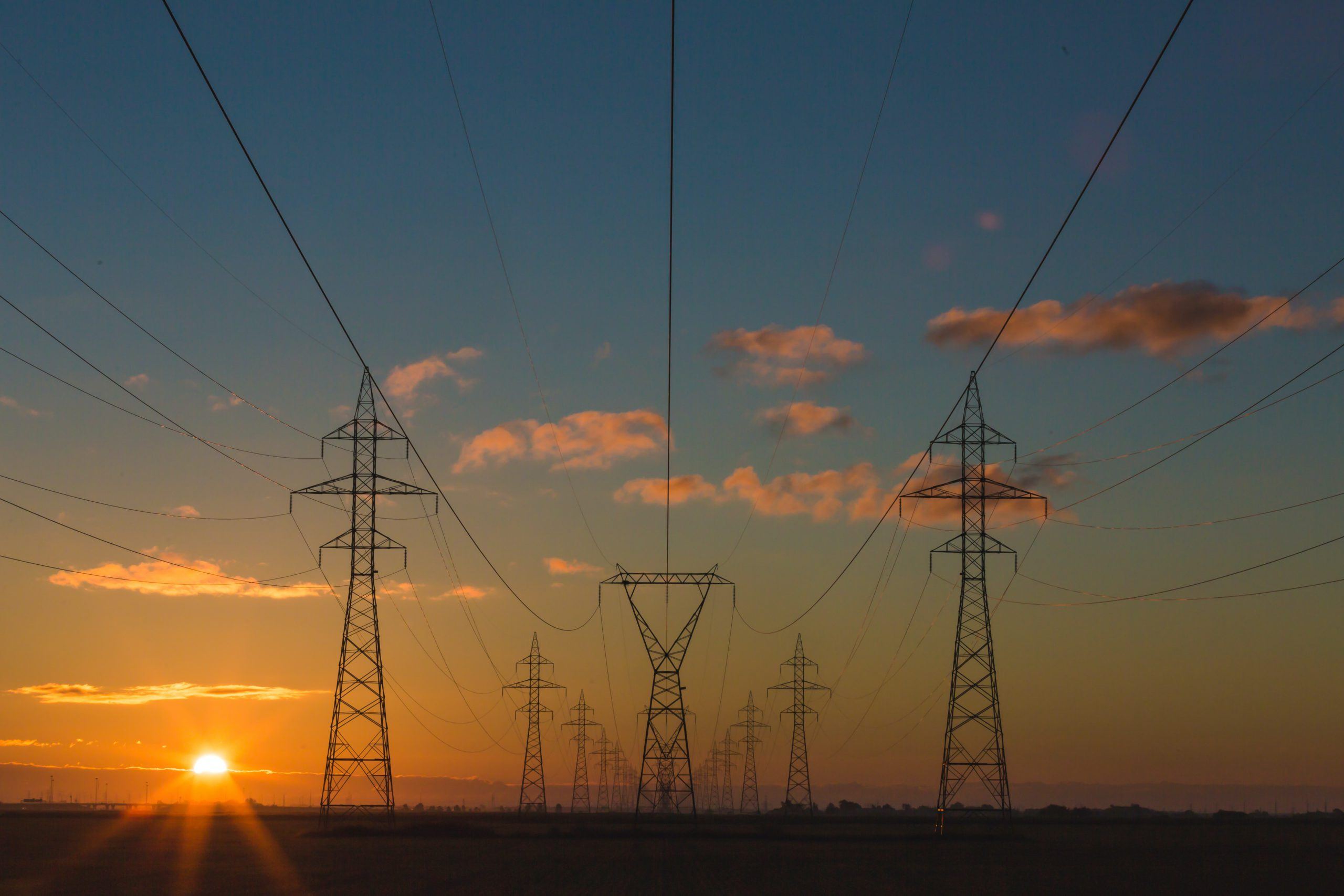Why is battery storage key to reaching net zero?

While renewable energy is zero-carbon, it is also intermittent: it is only generated when the wind blows and the sun shines. Once generated, power flows directly into the grid and travels to sources of demand. This means that at any time there is a risk of either too little or too much electricity. This is where batteries come in.
Batteries provide what energy insiders call ‘flexibility’ – they offer us the ability to adjust supply and demand to balance the system. For example, if wind turbines are generating more power than needed, batteries store this surplus energy. When wind generation is low but demand is high, battery operators release the stored electricity back into the system. They also provide a wide range of additional services needed to maintain grid stability, managing frequency, voltage, and short circuit levels. Batteries enable renewables to deploy at scale by adding the final, key ingredient to zero-carbon energy systems: security of supply.
Batteries are not the only technologies that can manage generation and consumption patterns. For decades, pumped hydro storage (PHS) facilities have used up excess electricity at times of low demand by forcing water uphill into reservoirs. When demand is high, PHS operators release the water to flow downhill, passing through turbines on the way. Yet traditional forms of energy storage have significant deficiencies compared to new battery technologies. PHS facilities are environmentally damaging, they have high capital costs, and they have long build times. This makes them unattractive to investors. They also have technical limitations. Geology and hydrology, rather than the operational needs of the grid, determine where PHS assets can be built. And unlike batteries, water-driven turbines can’t flex their electrical output to respond to changes in power flows. By contrast, emerging battery technologies are affordable, fast to build, and modular. This means they can be located strategically, enabling us to build secure, zero-carbon energy systems at increasingly low cost.
Batteries are essential to decarbonising power – but in the UK, outdated regulations are preventing their deployment at pace and scale. The Climate Change Committee – the government’s official advisers on the climate crisis – estimate the UK will require 18GW of flexibility capacity to hit its decarbonisation targets.[i] The UK currently has 4.5GW of storage in operation (3GW of PHS, 1.5GW of batteries), with plans to build 2GW of PHS and 8GW of battery storage by 2030.[ii] These are encouraging signs, but without specific regulatory changes battery operators will struggle to develop projects.
One key barrier is the current regime for Transmission Network Use of System charges (let’s call them transmission charges). Generators in certain areas must pay high transmission charges because they create more electricity than consumers demand, putting strain on the grid. Battery operators reduce this strain by storing the excess energy. However, because regulations define storage as a subset of generation, they have to pay the same high charges. It is of paramount importance to resolve this problem, which is disincentivising investment in storage. If we are to mitigate climate catastrophe, battery operators need regulatory support to make change real today.
